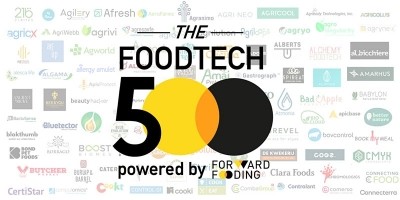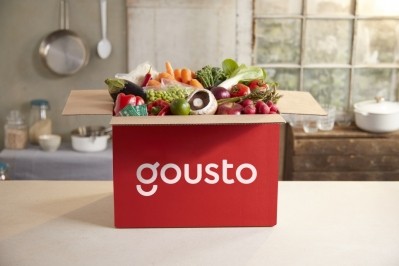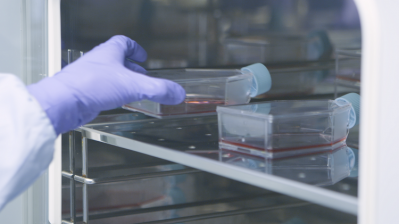Meal kits ‘overhyped’ but ag-tech and innovative food expected to see funding hike

The survey, carried out by Idea 2 Scale and AgFunder, took in the opinion of 50 top investors across the ecosystem. “We focused on the full farm to fork value chain. We divided the industry into 14 distinct categories and analysed sentiment for each. These categories are grouped into upstream (ag-tech, farming, inputs etc), midstream (supply chain, traceability etc) and downstream (food-tech to groceries, retail, restaurants, etc),” Idea 2 Scale founder and CEO Danny O’Brien told FoodNavigator.
The results showed that online restaurants and meal kits are the most ‘overhyped’ sector, according to 56% of investors. This was followed by e-grocery at 40%.
The challenges facing this consumer-facing sector could provide some background to waning investor sentiment. In a category with tight margins, it has proven hard to make the unit economics viable. This has contributed to some high-profile disappointments – Munchery raised US$125m before closing and Blue Apron went public in 2017 at a valuation of $1.89bn – today it is worth about $100m.
This is not to say that successful meal kit propositions are now struggling to attract cash for growth.
Most recently, in September, Danish meal kit firm Simple Feast raised $35m in a Series B funding round. The company focuses on promoting healthy and sustainable plant-based diets. Meanwhile, earlier this year UK meal kit service Gousto raised a further £18m, bringing its total investment to £75m.
Indeed, HelloFresh – a meal kit trailblazer – proved it is possible to turn a profit in the sector when it celebrated its first positive quarter in August.
HelloFresh can “generate much higher profit levels than other e-commerce companies" because the company controls the entire value chain -- from branded retail to wholesale to logistics, the company’s CEO and co-founder Dominik Richter told us at the time.
What’s hot for 2020?
If investor sentiment is cooling towards the meal kit sector, what new and emerging areas of innovation are attracting attention?
According to Idea 2 Scale, investors are ‘most excited’ about the opportunities in ag-biotech and innovative food, with 58% of respondents backing the former and 56% backing the latter as offering the biggest opportunities for 2020.
“Ag-biotech and innovative food are closely aligned and there are some grey areas. We classify fermentation of ingredients under innovative food as typically the food ingredients are already an output whereas ag-biotech is more focused on the inputs such as genetics, microbiome, breeding, crops, etcetera,” O’Brien noted.
For the full year of 2018, investment in these areas was ‘comparatively low’ when stacked up against things like e-commerce. Innovative food attracted just 3% of funds and ag-biotech attracted 9% versus the 23% and 21% secured by restaurant marketplaces and e-grocery respectively.
It seems that while ‘innovative food’ came only just behind ‘ag-biotech’ in terms of generating excitement in 2018 investment levels in food were around one-third of those in ag-biotech. How do you account for this differential?
“Innovative food is a relatively nascent space for start-ups but based on consumer demand and current publicity for plant-based and alternative proteins, we wouldn’t be surprised to see innovative food to emerge as a front-runner,” the report predicted.
Indeed, O’Brien revealed that the early numbers for 2019 already suggest a swing in this direction. “While funding levels for innovative food did lag behind ag-biotech in 2018, much of the hype and the big funding deals came in the first half of 2019 and at the time of our research as 2019 comes to a close, innovative food is much more on investors’ agendas. We expect to see funding levels be a lot closer once 2019’s figures are released,” he predicted.
This sentiment barometer points to an expected shift in funding patterns towards more downstream sectors like innovative food and ag-tech, O’Brien concluded.
“We certainly expect ag-biotech and innovative food attract a larger proportion of total investment in 2019 and 2020 than they did in 2018, with funding to e-grocery and meal kits receding.
“It’s hard to say whether funding will switch so that ag-biotech and innovative food will be the biggest categories. It depends on how capital intensive the businesses are and their values when it comes to pursuing growth over profitability. In general, we’re seeing resistance from founders and investors to the ‘growth at all costs’ approach in favour of a more sustainable approach in case macro-economic conditions change for the worse.”

















